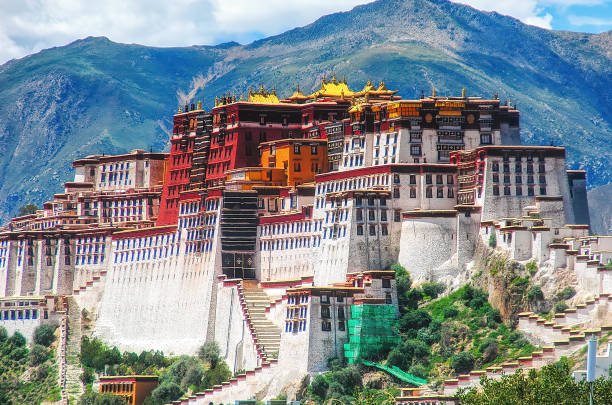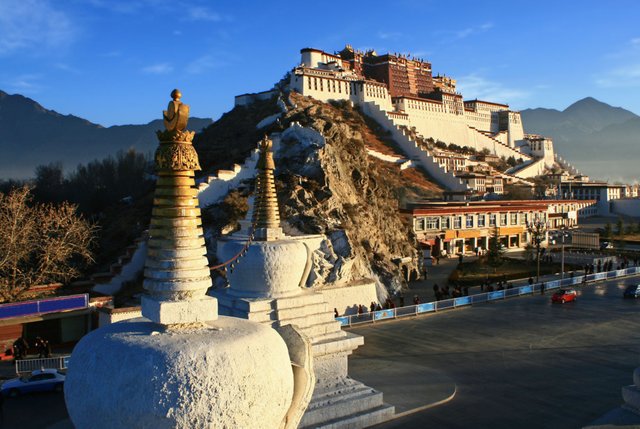Lhasa tibet


Lhasa, the capital of Tibet, is one of the highest cities in the world, sitting at about 3,656 meters (11,995 feet) above sea level. It is the cultural, spiritual, and political heart of Tibet and has been a major center of Tibetan Buddhism for centuries. The name "Lhasa" means "Place of the Gods," reflecting its deep religious significance.
Historical and Cultural Significance
Lhasa has been the seat of the Dalai Lama since the 17th century and remains home to many important Tibetan Buddhist sites. The most famous is the Potala Palace, an iconic fortress-like structure that was the winter residence of the Dalai Lama. It is a UNESCO World Heritage Site, known for its stunning architecture, golden rooftops, and sacred relics.
Another key site is the Jokhang Temple, considered the holiest temple in Tibet. Built in the 7th century by King Songtsen Gampo, it houses a revered statue of Jowo Shakyamuni, one of the most sacred Buddhist relics. Pilgrims from all over Tibet travel to Jokhang, often performing full-body prostrations along the way.
The Barkhor Street, which encircles Jokhang Temple, is a bustling market and pilgrimage route where visitors can experience Tibetan culture, shop for traditional crafts, and observe locals performing religious kora (circumambulation).
Geography and Climate
Lhasa is surrounded by the Himalayas and sits in the valley of the Lhasa River. Despite its high altitude, it has a relatively mild climate compared to other parts of Tibet, with cold winters, warm summers, and abundant sunshine, earning it the nickname "The City of Sunshine."
Modern Lhasa
In recent decades, Lhasa has undergone significant modernization, with improved infrastructure, roads, and railways. The Qinghai-Tibet Railway, the highest in the world, connects Lhasa to mainland China, making it more accessible than ever. However, the region also faces challenges related to cultural preservation, political tensions, and environmental concerns.
Tibetan Buddhism in Lhasa
Monasteries such as Sera Monastery and Drepung Monastery continue to serve as centers of learning and spiritual practice. At Sera Monastery, visitors can witness the famous monk debates, a unique tradition where monks discuss Buddhist philosophy through animated gestures and claps.
Tourism and Travel
Lhasa is a major destination for those interested in Tibetan culture and Buddhism. However, foreign travelers require special permits to visit Tibet, and guided tours are often necessary. Due to the high altitude, visitors should take time to acclimate to avoid altitude sickness.
Conclusion
Lhasa remains a unique and sacred city where ancient traditions and modern influences coexist. Whether exploring its grand palaces, engaging in spiritual practices, or simply enjoying the breathtaking mountain scenery, Lhasa offers a profound and unforgettable experience.